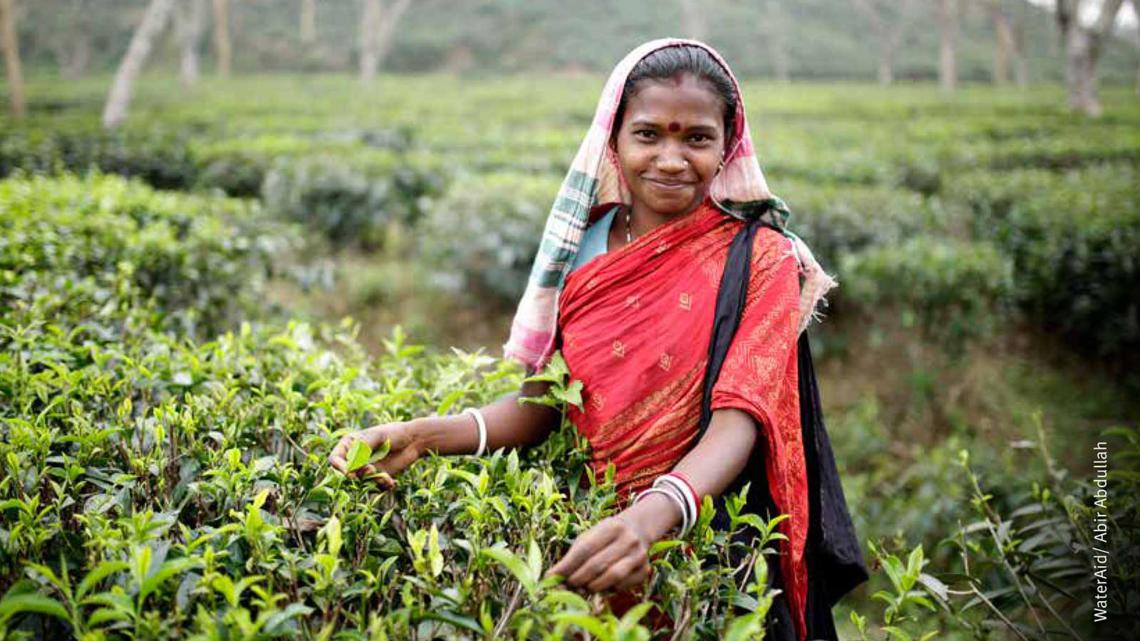Sustainable access to water, sanitation and hygiene (WASH) is central to meeting global development goals on poverty, health, education, and economic growth. Corporate water users have the potential to play an influential role in delivery of Sustainable Development Goal 6, “ensuring availability and sustainable management of water and sanitation for all”. As well as joint advocacy, opportunities include driving improved access within operational facilities, local communities, and within supply chains1. It is estimated that one-in-five people are employed in globalised supply chains, and that 80-90% of these people work within micro- small- and medium-sized enterprises and dispersed farm production systems in developing countries. Given this overlap with geographies where the WASH challenge is most acute, the potential for a positive contribution is significant.
Water stewardship initiatives have so far been typified by a relatively narrow focus on maintaining the quantity and quality of water resources available to commercial users by engagement at site and local basin scale. WaterAid, World Business Council for Sustainable Development (WBCSD) and the UN Global Compact’s CEO Water Mandate – including through their recent white paper – have advanced understanding that while physical and regulatory risks relating to water resource management and corporate water use are important, socio-economic water risks can only be mitigated when there is universal and sustainable access to water-related services. SDG6, which explicitly links WASH to water resource management, further strengthens the message that: to be effective in mitigating shared water challenges, water stewardship by companies must consider water holistically.
Companies in the vanguard of water stewardship are incorporating a focus on WASH into their water stewardship strategies. To date, these have mainly focused on company provision in core operations or on provision to local communities through NGO partnerships. There has been limited focus on extending positive influence to drive action through supply chains.
There is a clear opportunity to facilitate greater corporate involvement in the drive for universal WASH and attainment of SDG 6 through improved understanding of business benefits and approaches.

